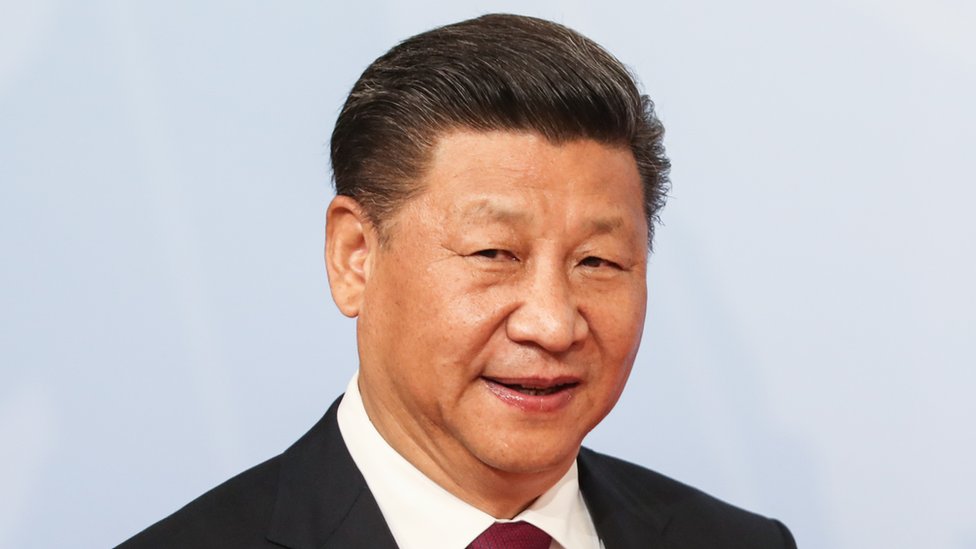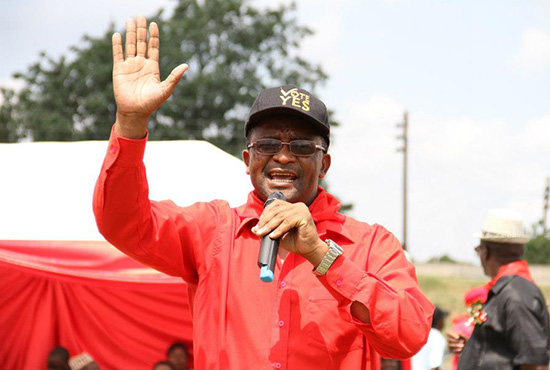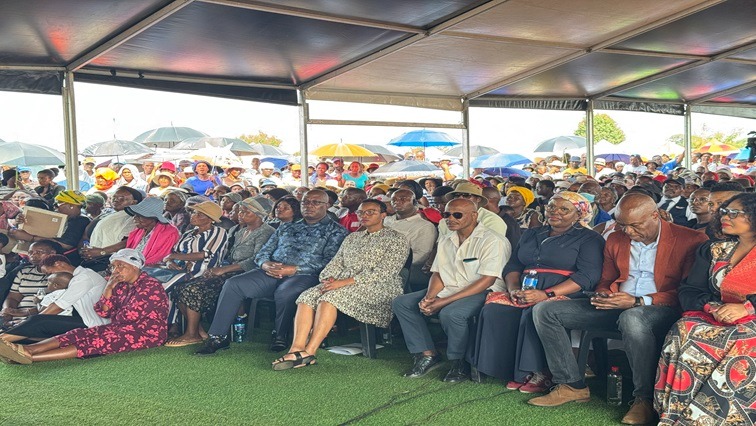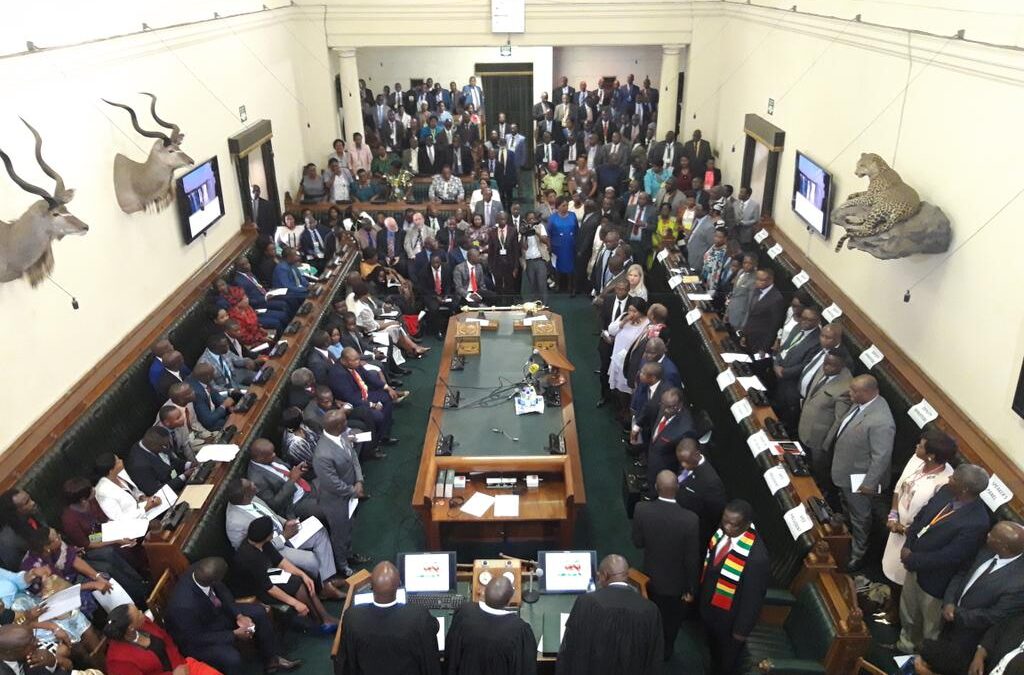A NEW analysis has offered a chilling insight into what a Chinese invasion of Taiwan would look like – with one expert saying he was “increasingly concerned” about the risk of a major crisis which he warned could result in a “superpower war”.
And Beijing has even constructed a full-scale replica of Taiwan’s Presidential Office Building to serve as a target at a Chinese military training base. Tensions over the island have been steadily rising in recent months, with Beijing angry at US attempts to forge stronger diplomatic links and also Taiwan‘s acquisition of F-16 jets and other military equipment. An editorial in the state-run Global Times this week declared: “The only way forward is for the mainland to fully prepare itself for war and to give Taiwan secessionist forces a decisive punishment at any time.
Ian Easton, senior director at the Project 2049 Institute, told Bloomberg: “I am increasingly concerned that a major crisis is coming.
“It is possible to envision this ending in an all-out invasion attempt and superpower war.
“The next five to 10 years are going to be dangerous ones.
“Taiwan fighting by itself could make Beijing pay a terrible price, at least several hundreds of thousands in casualties.
“But that may be a price Xi Jinping is willing to pay.
“We underestimate the Chinese Communist Party’s capacity for radical decision making at our peril
Beijing’s invasion plan would involve using cyber and electronic warfare units to knock out Taiwan’s communications and infrastructure, as well as access to US satellites.
Airstrikes would target politicians including President Tsai Ing-wen, with satellite shots showing the replica at the training grounds in Inner Mongolia.
An invasion would follow, with the PLA first capturing islands including Kinmen and Pratas before establishing beachheads through which it would bring in tens of thousands of soldiers to seal victory.
However, Mr Easton regularly runs simulations to consider what would happen in the event of a Chinese invasion, which routinely suggest any attempt by China to invade Taiwan would be anything but plain sailing.
Taiwan’s main island is surrounded by rough seas and unpredictable weather, and a rugged coastline with few wide beaches suitable for landing large numbers of soldiers.
In addition, in 2018, Taiwan unveiled a plan to bolster mobile missile systems which could avoid detection, meaning it was unlikely Beijing would be able to destroy all of its defensive weaponry rapidly.
Using surface-to-air missiles and anti-aircraft guns, Taiwan could therefore inflict heavy losses on any Chinese invasion force before it reached the main island.
In addition, PLA troops which did make it ashore would face roughly 175,000 full-time soldiers and one million reservists.
In a paper published in 2017, former Pentagon adviser Michael Beckley wrote: “The PLA clearly would have its hands full just dealing with Taiwan’s defenders.
“Consequently, the United States would only need to tip the scales of the battle to foil a Chinese invasion.”
However, writing last month, Ray Dalio, the billionaire founder of Bridgewater Associates, warned any decision by the US to involve itself in the contest would be fraught with risk, because it could not afford to be defeated.
He explaining: “The more of a show the US makes of defending Taiwan the greater the humiliation of a lost war.
“That is concerning because the United States has been making quite a show of defending Taiwan while destiny appears to be bringing that closer to a reality.”
Also in September the PLA Air Force released a video showing H-6 bombers making a simulated strike on a runway resembling Anderson Air Force Base on Guam, which would be key for US support for Taiwan.
A University of Sydney study last year warned America “no longer enjoys military primacy” over China, suggesting US bases “could be rendered useless by precision strikes in the opening hours of a conflict”.
Daniel Russel, a former State Department official under President Barack Obama, suggested China had calculated Washington would be unlikely to act.
He said: “Beijing’s strategy isn’t just based on undermining Taiwan’s resistance, it’s also a gamble on how the US will approach the cross-strait issue
“The strongest driver of increased Chinese assertiveness is the conviction that the Western system, and the U.S. in particular, is in decay.
In August, China fired four missiles into the South China Sea which would be capable of destroying both US bases and aircraft carriers, with arms-control experts concerned any signs China was planning to launch one at a live target could trigger a US strike against Chinese nuclear forces — sparking catastrophe.
Enoch Wu, a former non-commissioned officer who now heads up the Taipei-based Forward Alliance, which promotes security reforms, said: “We simply have to be prepared for the worst.
“China is no longer ‘biding its time’ and no longer trying to win hearts and minds.”





0 Comments